A little while back I wrote a blog called ‘Design For The Future: Public Sector’ in which I described a tool I had designed to help local public service leaders start to think about what the medium to long-term future might look like. The tool was essentially a table of potential futures categorised as either political, environmental, social or technological. I really enjoyed taking some time out to future-gaze at the 2060s, but following the session, I reflected on the tool and wondered if it had worked that well. I decided to shelve it and haven’t used it since.
This week I was running through the reading list for an inspiration session I hosted and I came across an Aspen Ideas Festival lecture by Jane McGonigal entitled ‘The Future of Imagination’. Jane’s concepts of predicting the past and remembering the future got me thinking. By sheer serendipity, later that evening whilst noodling around LinkedIn I picked up a link to a TED Talk given by Anab Jain entitled ‘Why We Need to Imagine Different Futures’. Together they struck a perfect storm in my imagination and all of a sudden I was thinking about my introduction to the 2060s again.
In her lecture Anab explains how through her speculative design projects she is able to bring the future to life in order to create experiences that people can touch, see and feel the potential of the world we’re creating. On reflection, I think this is what was missing from my original tool – it wasn’t tangible. I was inspired. Could I iterate my introduction to the 2060s and design a better tool, which wasn’t so much speculative design, but more like speculative prototyping?
So, I’ve taken my introduction to the 2060s and mocked up some posters to accompany it. I used the process to help me think about how to apply the tool itself. I’m hoping to test the tool in a workshop which requires delegates to think transformatively about a process, service or product. It’s not intended to help people design a service for 2060, but moreover as a way of opening them up to creative thinking. I take inspiration from the way that Anab describes her work – “this work isn’t about making predictions, it’s about creating tools; tools that help to connect our present and future selves so that we can be active participants in creating a future we want”.
– – – – – –
Welcome to the 2060s Tool (Version 2)
The 2060s are a time of great political unrest. The inability of governments around the world to cohesively respond well to several global disasters gave rise to huge political upheaval during the second quarter of the century and through into the third.
Following BREXIT, the UK was forced into a programme of devolution and with several member states following the UK out of the EU during the 2020s, a greatly diminished European Union is now on the verge of collapse. The political landscape in much of the democratised world has shifted further right with the passing of each decade since the first global disaster in 2019.
Google has transformed the way in which we connect with the internet by launching Google-Air, a technology that is capable of beaming the internet wirelessly into people’s consciousness. In the process, they have inadvertently created a new social class structure which is broadly comprised of those who can afford to have the collective knowledge of the world and those that can’t. Politicians have been crowdfunding their campaigns for decades, using their resources to beam propaganda into the minds of the masses using Google-Air.
In 2058 crowdfunding successfully sent the first engineering party to Mars and by the early 2060s 3D printing of the first habitation pods had started. The mission was funded by an eighth of the world’s population, many of whom now own shares in Mars Corp and have the opportunity to join the ballot for places on the first passenger transport ships due to start departing Earth early on in the fourth quarter of the century.
Whilst the population continued to grow here on Earth, resources became more and more scarce. Governments and private enterprise looked to ever more creative ways of managing a dwindling supply of mineral deposits, fuel sources and food sources.
Owners of high-rise food farms took over abandoned inner-city skyscrapers and are now producing most of the food we need. This includes new sources of protein which were slow to be adopted in the west, but are now firmly established as dietary staples.
Following a rapid advancement in life-preserving health care technologies in the first half of the century and following pressure from a demanding population, the government was forced to review the NHS and relaunch it as the National Health Basic Care Service (NHBC) on the 100th anniversary of its founding. Drones now provide much of the trauma response as well as looking after people in the community. The NHBC is responsible for providing ‘basic life care’, with responsibility for the provision of ‘quality life care’ now falling to private companies who benefit only those citizens who are able to pay the higher health premium. In the 2060s minimum health payments under ‘basic life care’ guarantees a life expectancy of 85 years. Patients can expect to receive microsurgery to cure a range of conditions; ‘micro-robots’ fix internal issues such as clearing arteries in order to reverse the effects of heart disease as well as removing all types of cancer and blood-borne diseases such as hepatitis and HIV.
Those able to afford the higher rate insurance premiums receive higher levels of ‘quality life care’ provided by private sector organisations who are commissioned by local assemblies. Patients can expect to receive regenerated limbs, along with stem-cell treatment to cure the likes of dementia and paralysis.
Higher rate premiums are set by private sector providers on an individual basis by taking into account actuarial calculations based on person held health data. The data is stored on a ‘health credential chip’ which every child has installed during the first 18 months of their life. Chips are used to store and record a range of health-related records and metrics including DNA data; this has lead to critics referring to the premiums as a ‘DNA lottery’. Whilst initially thought to be un-hackable, a lucrative black market has recently appeared on which hackers offer ‘remaps’ of health chips in order to irradiate the ‘black flags’ which significantly affect quality life care premiums.
Although there were several emergency global climate summits in the 2020s, World leaders still failed to agree and commit to a global climate change strategy.
Despite continued warnings from the scientific community, inadequate preventative action lead to a significant rise in global temperatures during the middle part of the century. By 2055 sea levels had risen by around 20 inches.
In 2065, seven of the top 10 tech companies were not around in 2015, with 60% of the company CEOs having been born later than 2040.
. . . .

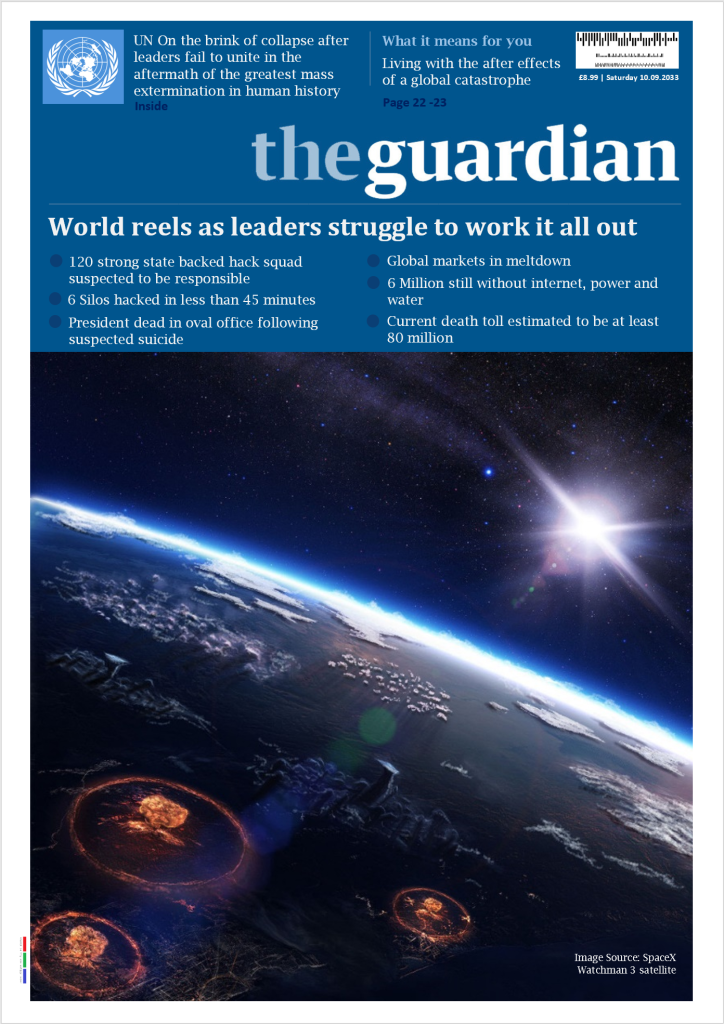
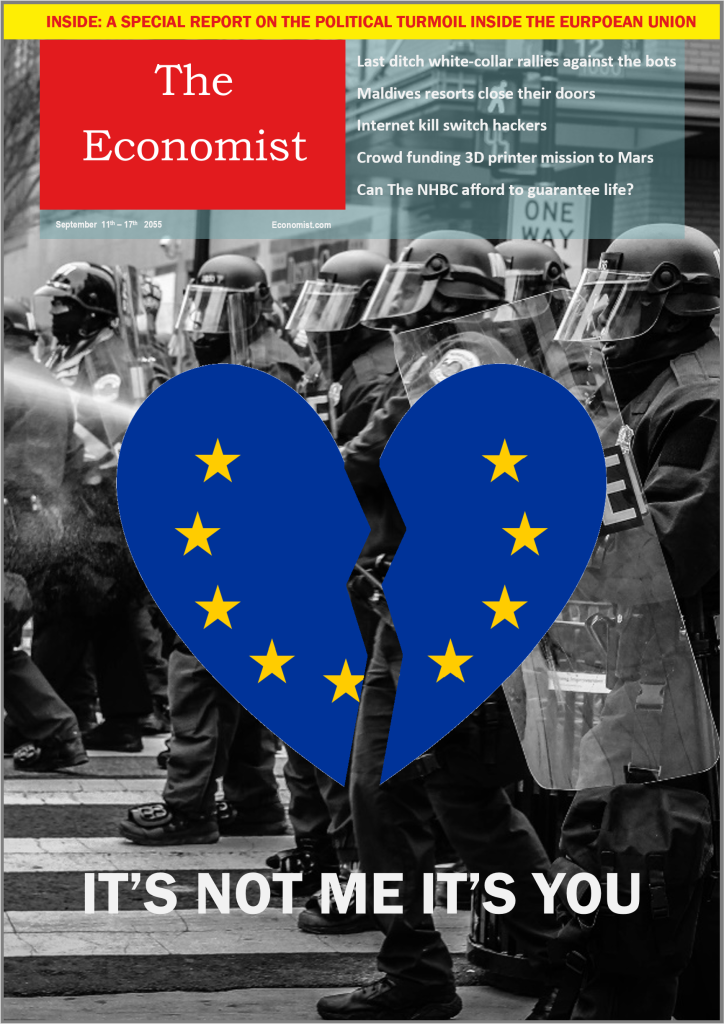

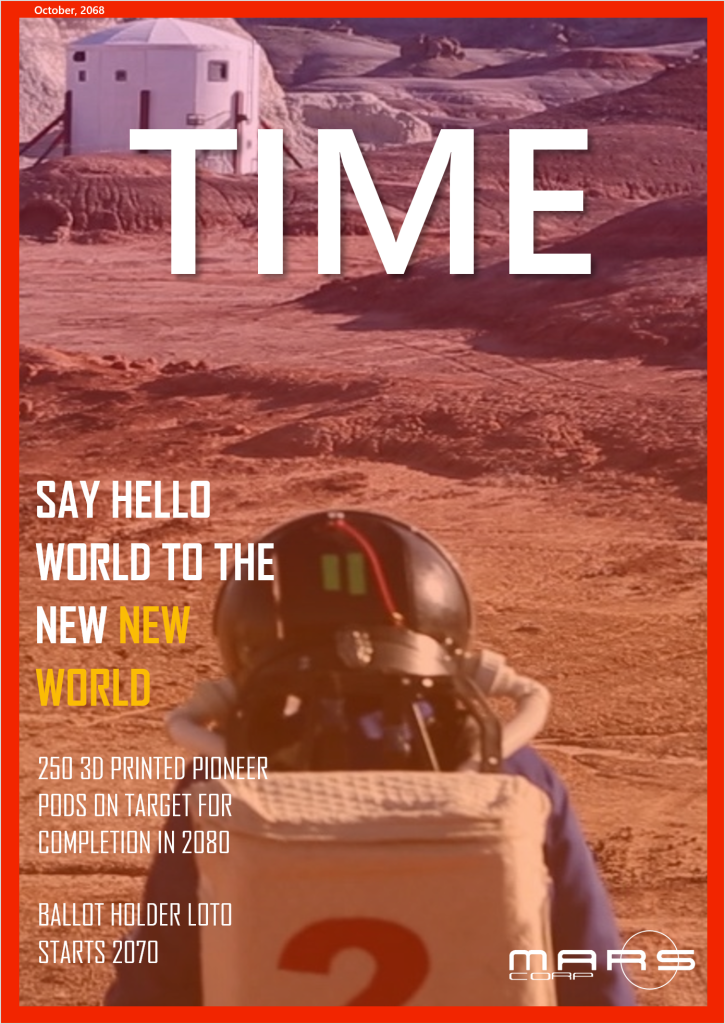
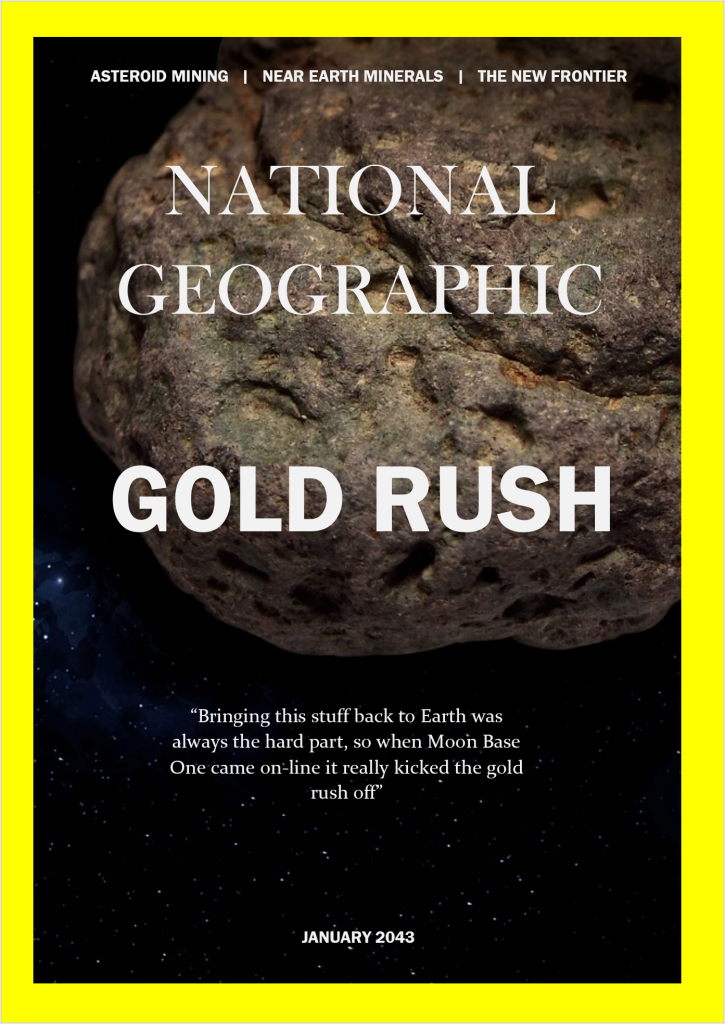
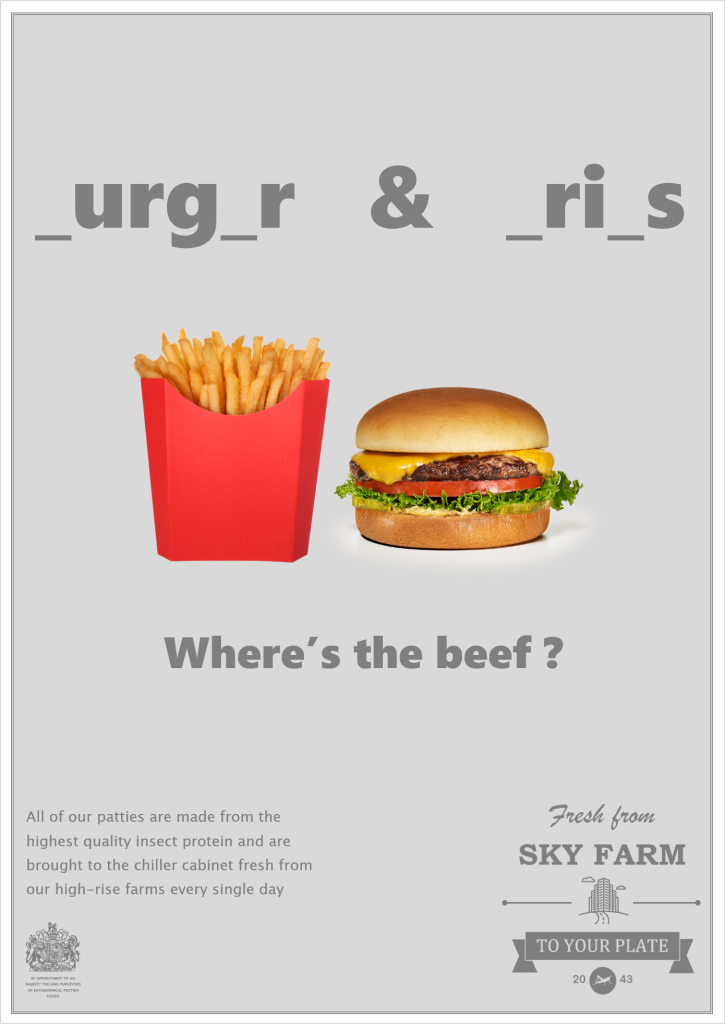



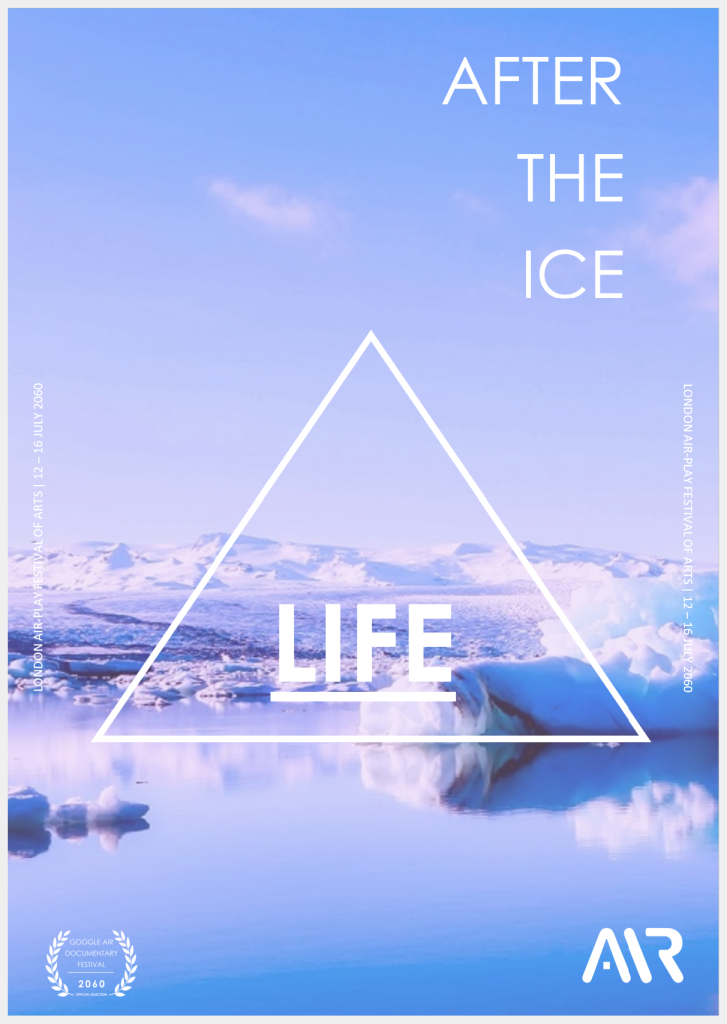

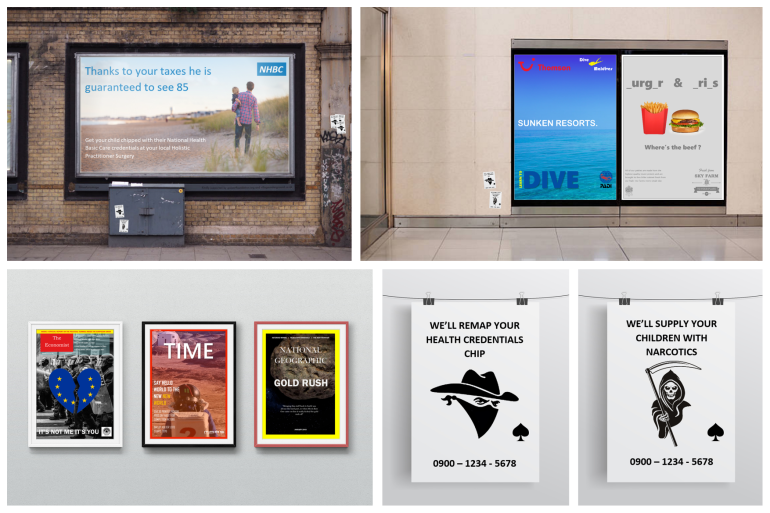
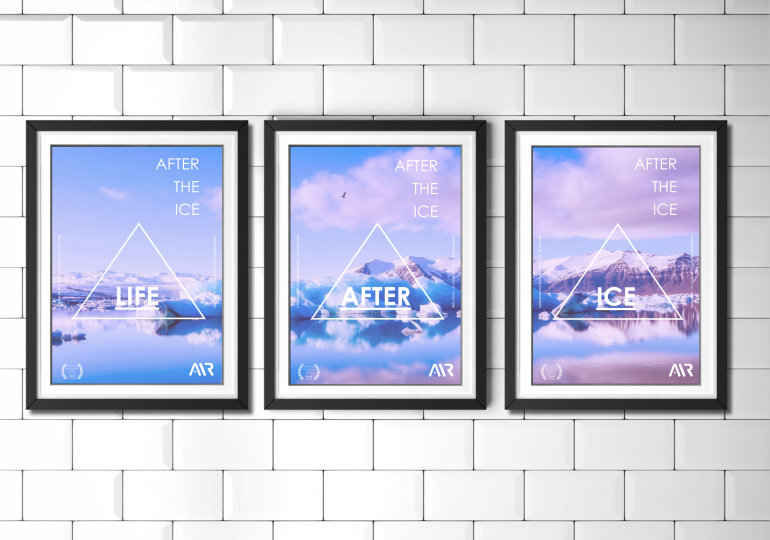
A post I wrote about the practical application of 2D Design Fiction as a tool for visualisation at Bromford Lab – http://www.bromfordlab.com/labblogcontent/2018/3/22/design-fiction-visualising-possible-futures